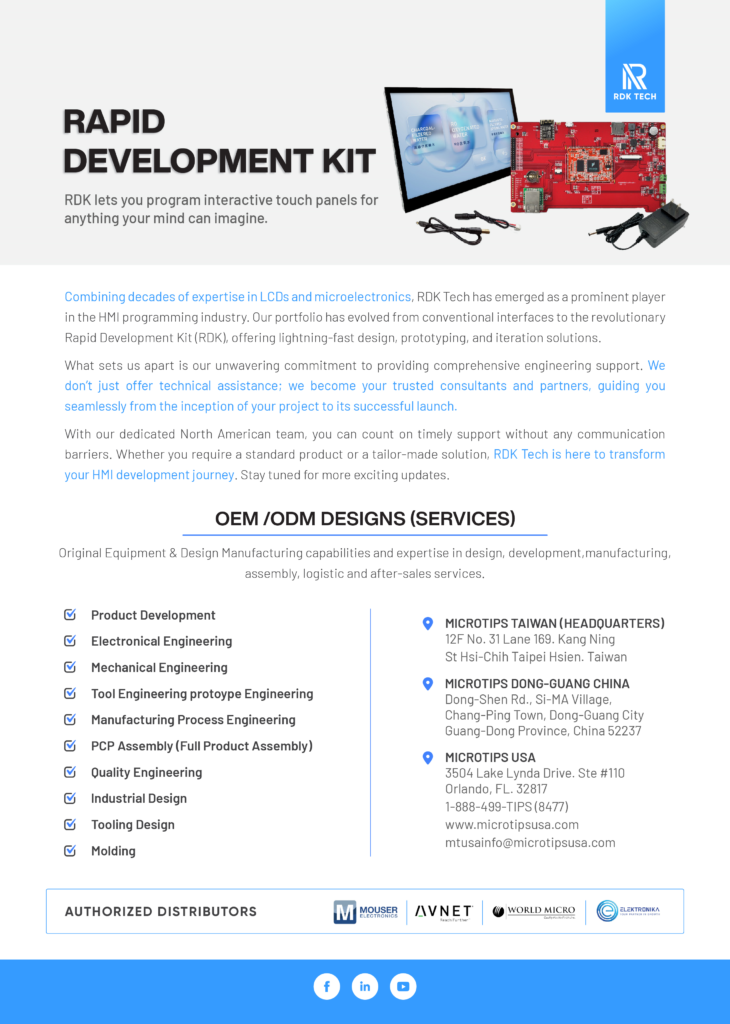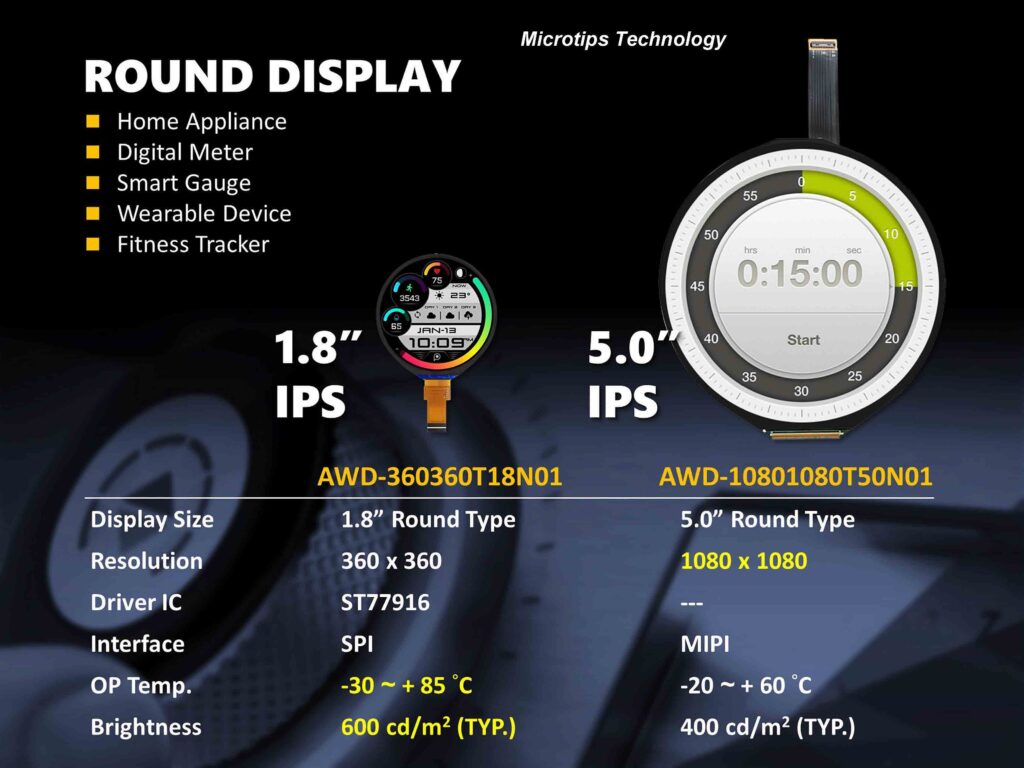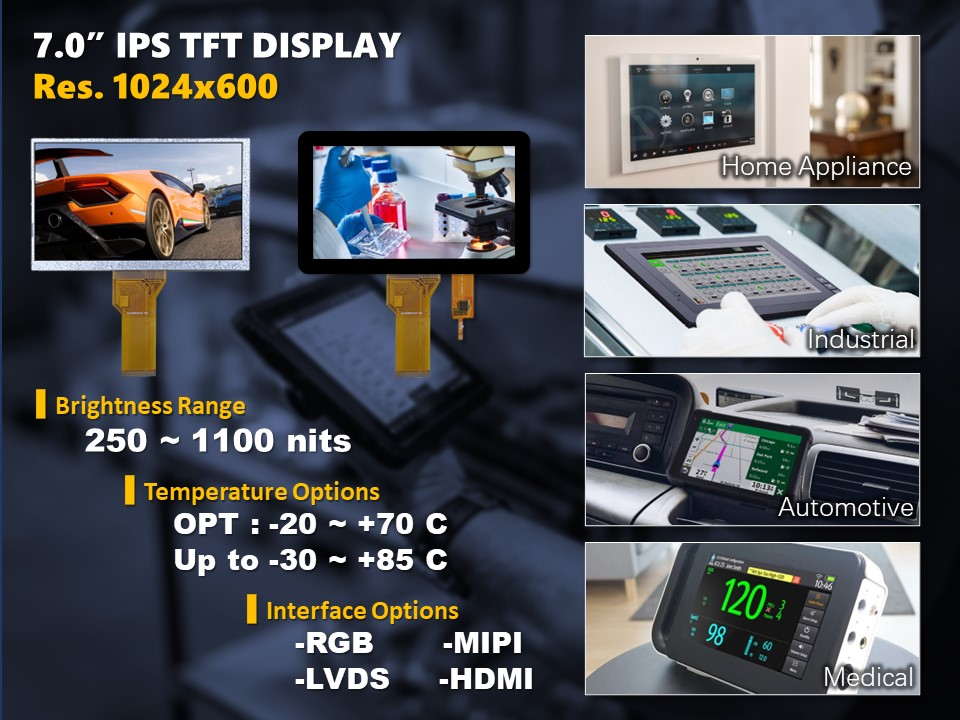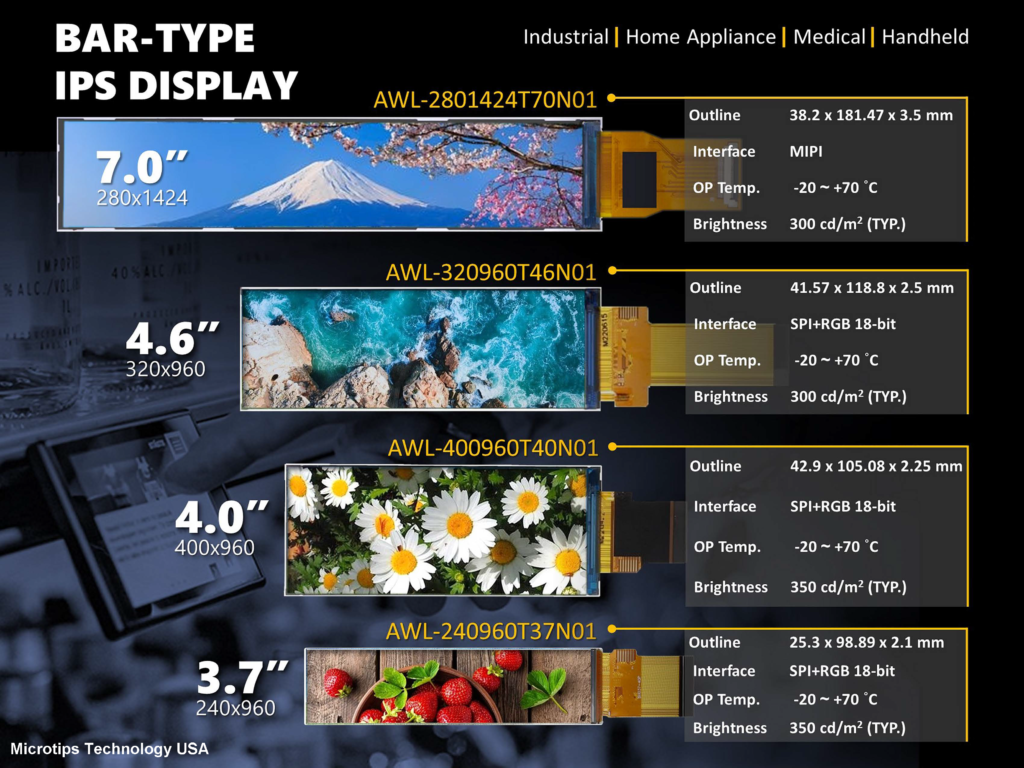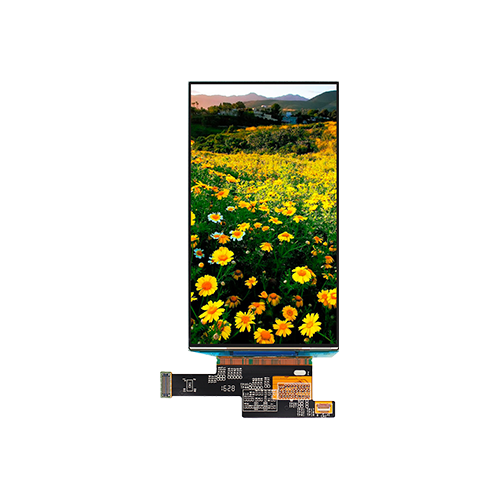
In the ever-evolving world of display technology, OLED (Organic Light Emitting Diode) stands out as one of the most exciting advancements. From smartphones and televisions to wearables and automotive dashboards, OLED displays have made a significant impact due to their impressive picture quality and innovative design features. In this blog post, we’ll dive into what makes OLED displays special, how they work, and why they’re quickly becoming the preferred choice for many applications.
What is OLED?
OLED, or Organic Light Emitting Diode, is a display technology that utilizes organic compounds to create light. Unlike traditional LCD (Liquid Crystal Display) screens that rely on a backlight to illuminate pixels, OLED panels generate their own light. This fundamental difference leads to several key advantages, which we’ll explore in detail.
How Does OLED Work?
At the core of OLED technology are organic compounds that emit light when an electric current passes through them. These compounds are sandwiched between two conductive layers: a cathode and an anode. When electricity flows through the organic layer, it produces light in the desired color.
The basic structure of an OLED display includes:
- Anode: This layer removes electrons from the organic material.
- Organic Layer: Consists of two sub-layers—one that emits light and another that transports charge.
- Cathode: Injects electrons into the organic layer.
When the anode and cathode are activated, electrons move through the organic material, causing it to emit light. By varying the compounds and layers, manufacturers can produce displays with a wide range of colors and brightness levels.
Advantages of OLED Displays
- Superior Color Accuracy and Contrast: OLED displays offer vivid colors and exceptional contrast ratios. Because each pixel emits its own light, OLED screens can achieve true blacks and high contrast levels, making images appear more lifelike.
- Improved Viewing Angles: Unlike LCDs, OLED screens maintain consistent color and brightness even when viewed from extreme angles. This characteristic makes OLED displays ideal for devices shared among multiple users or for large screens viewed from various positions.
- Thinner and Lighter Design: Without the need for a backlight, OLED displays can be made incredibly thin and lightweight. This flexibility allows for sleeker designs in smartphones, TVs, and other devices.
- Energy Efficiency: OLED displays can be more energy-efficient than LCDs, particularly when displaying darker images. Since each pixel generates its own light, OLED screens only use power for the pixels that are actively lit.
- Faster Response Time: OLED technology offers faster response times compared to LCDs. This feature is particularly beneficial for gaming and high-definition video, where quick transitions and motion clarity are crucial.
Applications of OLED Technology
- Smartphones and Tablets: Many high-end smartphones and tablets use OLED displays to offer vibrant colors and deeper blacks, enhancing the visual experience for users.
- Televisions: OLED TVs are known for their superior picture quality, with deep blacks, rich colors, and wide viewing angles. Major brands have embraced OLED technology to deliver a premium viewing experience.
- Wearables: Smartwatches and fitness trackers often utilize OLED displays due to their thin profile and high readability in various lighting conditions.
- Automotive Displays: OLED technology is increasingly used in car dashboards and infotainment systems, offering high contrast and clarity that improve the driving experience.
- Flexible Displays: One of the most exciting developments in OLED technology is the creation of flexible and foldable displays. This innovation paves the way for new form factors in electronics, such as foldable smartphones and curved TVs.
Challenges and Future Directions
While OLED displays offer numerous benefits, they also come with challenges. Issues such as screen burn-in, where static images can leave a permanent mark on the screen, and limited lifespan of organic materials are areas of ongoing research and development. However, advancements in OLED technology continue to address these challenges, and the future looks promising.
The integration of new materials and improved manufacturing techniques aims to enhance the longevity and performance of OLED displays, making them even more versatile and reliable.
Conclusion
OLED technology represents a significant leap forward in display innovation. Its ability to deliver superior color accuracy, high contrast, and a thin, flexible design has made it a popular choice across a wide range of devices. As research and development continue to push the boundaries of what’s possible, we can expect OLED displays to become even more prevalent and advanced in the future. Whether you’re enjoying the latest blockbuster on an OLED TV or checking your notifications on a sleek OLED smartphone, it’s clear that this technology is shaping the future of visual experiences.
Since our inception in 1990, Microtips https://microtipsusa.com/ has become one of the leading LCD manufacturers in the industry. Our product offering has grown from OLED and Monochrome Displays to a full line of Color TFT Displays, ranging from 1 inch up to 25 inches. We also specialize in customizations. We can take your standard display and support any value-added services you need.
Microtips Technology https://microtipsusa.com/ provides local sales and engineering support in the Americas, Europe, and Asia. We are always available to discuss your project and make sure it will be a perfect fit for your needs.

